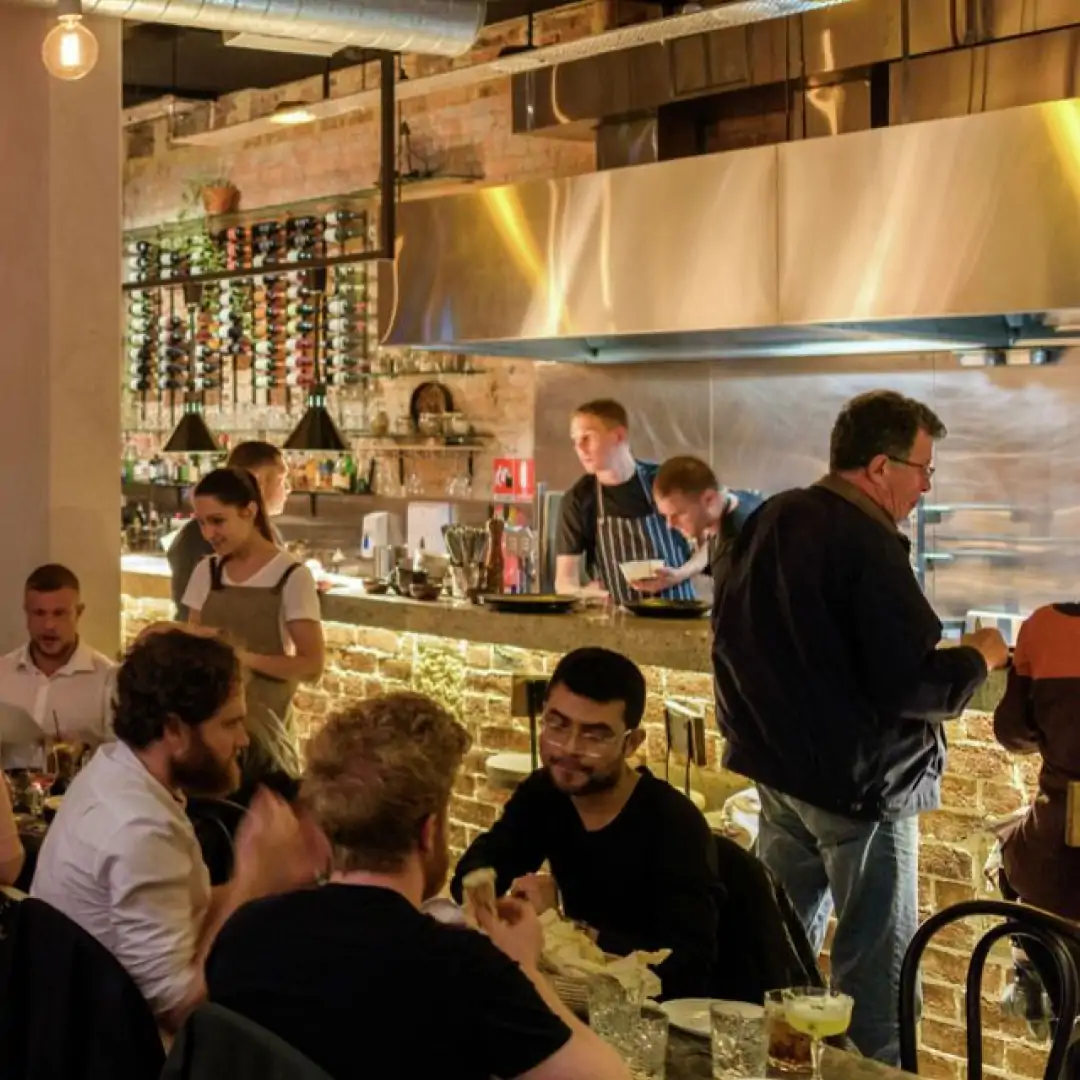A restaurant has a lot of moving parts. Operations management is all about what it takes to get those parts working together as easily and efficiently as possible. It covers the full breadth of tasks that need doing on an ongoing basis, including keeping employee morale up, ensuring steaks are cooked to guests’ requested doneness, and remembering to keep toilet paper in the bathroom. When it comes to improving restaurant operations, systems can be your best friend.
What does restaurant operations mean?
Aspects of restaurant operations include all the logistics of food inventory, preparation, and cleanup as well as hiring, staff scheduling, and managing employees.
On the financial side, it includes ordering, bookkeeping, payroll, and budgets. The goal of restaurant operations is to impose order on chaos and maximize efficiency. Usually, restaurant managers and restaurant owners oversee restaurant operations.
Here are some tips to improve your restaurant operations to make operations efficient, improve service, and boost the bottom line:
Crunch the numbers
The most effective strategies to improve restaurant operations start with data. You need a clear picture of your expenses, revenue, sales, and food costs and inventory. Take a close look at all your reports to get a sense of where operations could be improved. You may identify stumbling blocks through reputation management. The process could reveal opportunities to speed turn times.
After a careful analysis, set specific goals for improvement. That might mean increasing covers, driving more revenue, or cutting costs depending on what you learn.
Use technology
Technology in restaurants has come a long way and it can be a big part of a restaurant running smoothly. Get up to speed on the latest to learn which tech and tools can help your restaurant.
Today’s POS systems help with everything from kitchen workflow to accounting. (OpenTable can be integrated with many systems.) A cloud-based touchscreen POS system can speed payment for guests because servers don’t need to print a check upon request. Digital ordering can also make the front of house run much more efficiently.
Simplify the menu
During the past couple of years, many restaurants have edited their menus down to cope with staffing shortages, food cost increases, and supply chain disruptions. The pared down menu has become a trend, and most guests are fine with somewhat limited choices.
Examine what’s most popular and which dishes have the best profit margins. This is a good time to reconsider the prices of all menu items and make adjustments accordingly.
Reduce food waste
In tandem with trimming the menu, look for opportunities to cut down on food waste. Consider how the same ingredients can be used across multiple menu items. Get together with the back of house team to brainstorm ways to repurpose ingredients.
For example, fresh herbs can be turned into longer-lasting herb oils before they wilt. Stale bread works perfectly in croutons or bread pudding. Consider partnering with a business like Too Good to Go, which helps more than 78K restaurants in 17 countries sell excess prepared food at the end of a day for a discount.
Try recipe cost cards
Recipe cost cards detail the exact quantity and cost of ingredients in each and every dish a restaurant prepares. In terms of improving operations, the benefits are twofold. First of all, doing this legwork provides a precise insight into the cost of every menu item.
Most chefs and restaurants have a general sense of these costs, but documenting and updating recipe cost cards makes them specific. This can make a big difference given that profit in food service often comes down to pennies, not dollars.
The other huge advantage of recipe cards is consistency. When cooks are measuring instead of estimating as they prepare dishes, it ensures the dish is perfect every time.
Train the team
You likely teach new employees the ropes when they come onboard. Standardizing the process can go a long way to ensure everyone understands their role in the restaurant. It’s essential the whole team is on the same page about your service standards.
Things change constantly in the business, so it might make sense to make training a routine thing, even for employees who have been on the job awhile. When you implement new practices, it’s crucial everyone knows the drill.
And whenever you add or update tech, it’s essential to teach people how to use it with confidence. Confusion doesn’t improve customer service.
Work on relationships
Positive working relationships are the backbone of smooth restaurant operations. It’s a people-centric business, and restaurant owners rely on their teams to offer a high level of food and hospitality.
Establish a system for providing employees specific, actionable feedback to improve their performance and increase productivity. And remember, feedback should be a two-way street. Talk to the team about how you’re trying to improve restaurant operations. They may have ideas that can help, and they can tell you how any changes you’ve implemented are working on the ground.
Create an operations manual
A good operations manual becomes a restaurant bible. It spells out the right way to accomplish every task, and who is responsible for completing it. The best manuals contain checklists and guides that are referenced often to keep the team on track.
Usually these documents contain sections for the kitchen covering food preparation and food safety, as well as service-sectric sections for the front-of-house.
Managers can use it to solve problems as they arise in real time without needing to involve a restaurant owner. An operations manual doesn’t come together overnight. You’ll need to get the basics down first and add to it over time. Eventually, an operations manual will be the most powerful tool you can have for improving your restaurant operations and maintaining a consistently high level of performance for the whole team.
Running a restaurant is a big job, but putting the right processes in place can make it easier. Using these tips can improve operations across the restaurant, resulting in a smoother running business, a happier team, and the best possible experience for guests.




